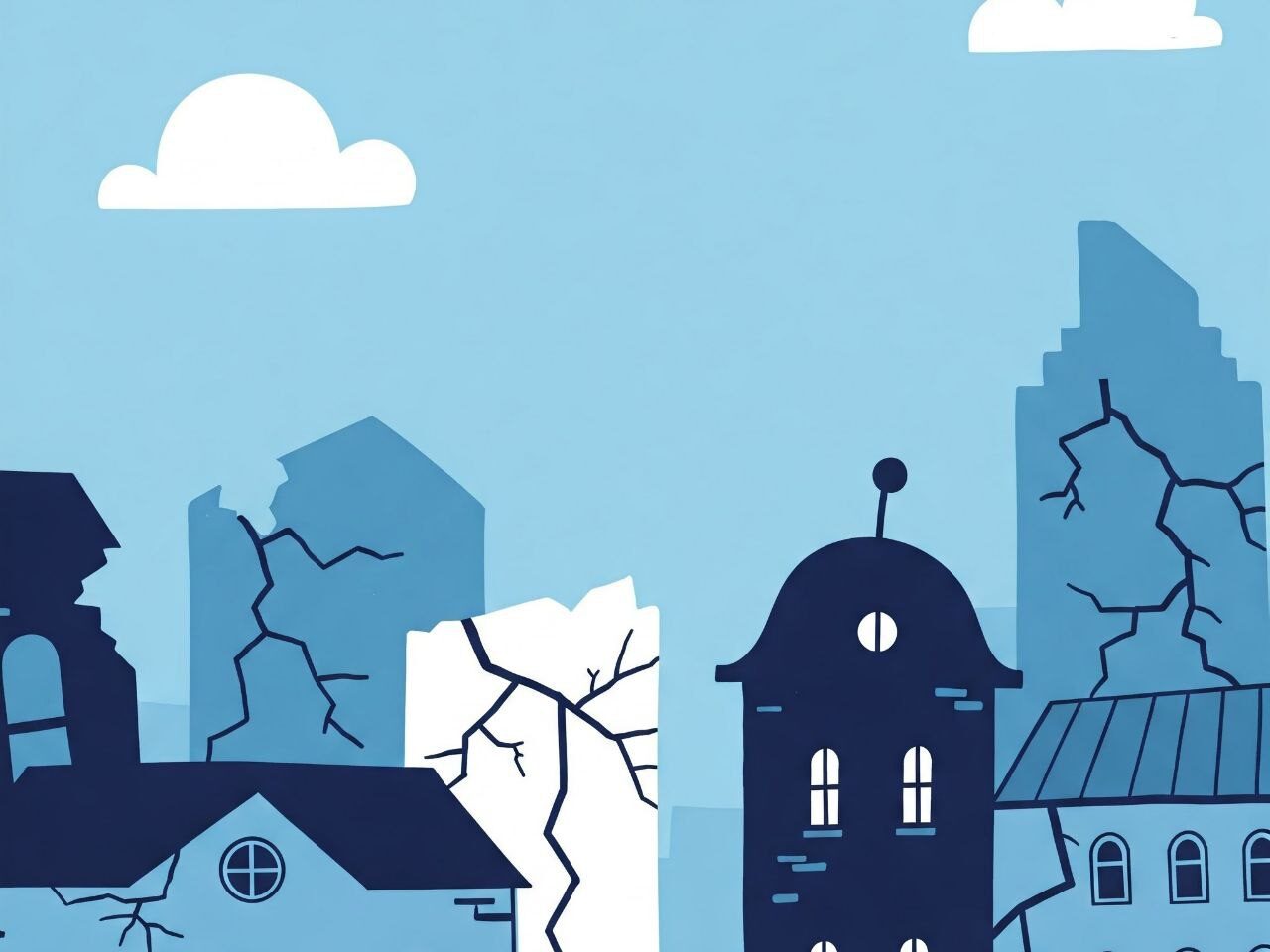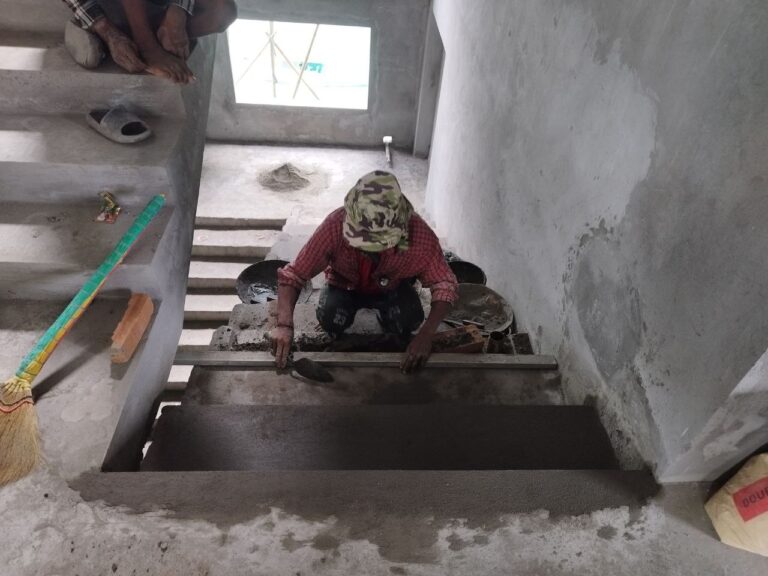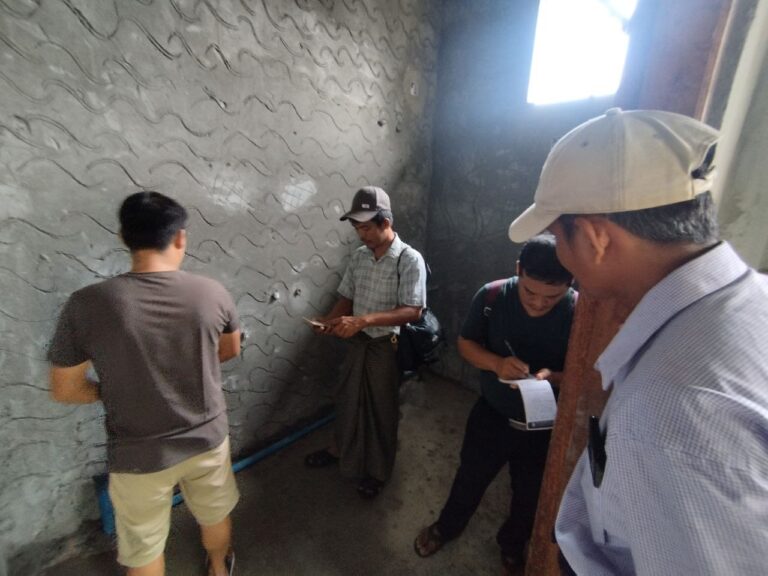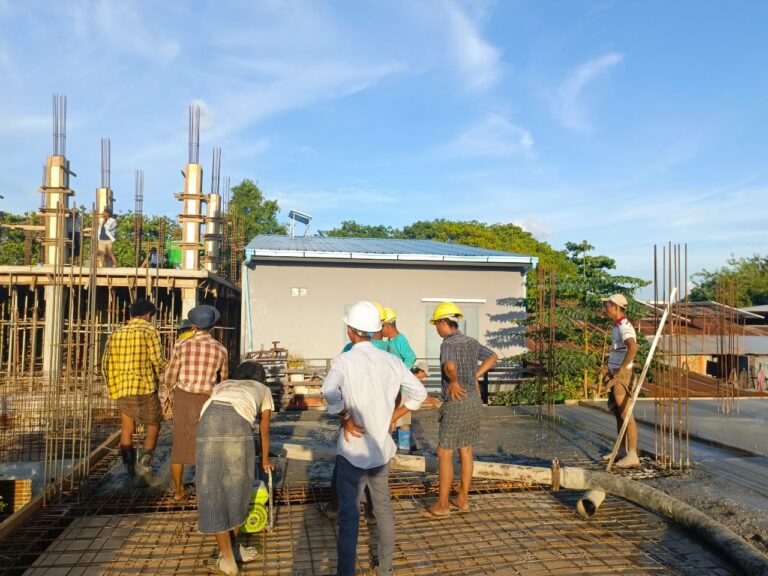Post-Earthquake Home Safety: What Cracks to Check Before Moving Back
Introduction
Earthquakes can shake more than just the ground beneath your feet—they can compromise the very structure of your home. After the shaking stops and it’s safe to step outside, your next priority should be to inspect your property for signs of damage. Not all cracks are created equal; some could point to serious structural issues that make re-entering your home dangerous.
Here’s a guide to the types of cracks you should look out for before moving back in:

1. Horizontal Cracks
Horizontal cracks are among the most serious. They often appear in load-bearing walls and may indicate significant structural stress or damage. These cracks can compromise the stability of your home and should never be ignored.
Warning: If you spot horizontal cracks, contact a structural engineer immediately.
2. Vertical Cracks
These cracks usually run straight up and down and may occur in foundation walls. While small vertical cracks can be normal due to natural settling, if they appear after an earthquake or seem to be widening, they may point to foundational issues.
Keep an eye on these—especially if they change over time.
3. Diagonal Cracks
Often found near doors and windows, diagonal cracks can suggest that the foundation has shifted. These cracks tend to run at an angle and may result from lateral movement during an earthquake.
If they grow in length or width, it’s time for a professional evaluation.
4. Stair-Step Cracks
Stair-step cracks follow the mortar joints in brick or block walls, forming a step-like pattern. These usually indicate that the foundation has moved or settled unevenly.
These are especially concerning in older buildings and should be inspected by a professional.
When to Be Concerned
While minor hairline cracks may not pose an immediate risk, large, widening, or spreading cracks could be signs of structural failure. Don’t attempt to patch or cover them without a proper inspection—it could mask a serious problem.
What to Do Next
While minor hairline cracks may not pose an immediate risk, large, widening, or spreading cracks could be signs of structural failure. Don’t attempt to patch or cover them without a proper inspection—it could mask a serious problem.
Stay Safe
Your safety and the safety of your loved ones should always come first. Take the time to inspect your home carefully before moving back in after an earthquake. It’s always better to be cautious than to risk living in an unsafe structure.






